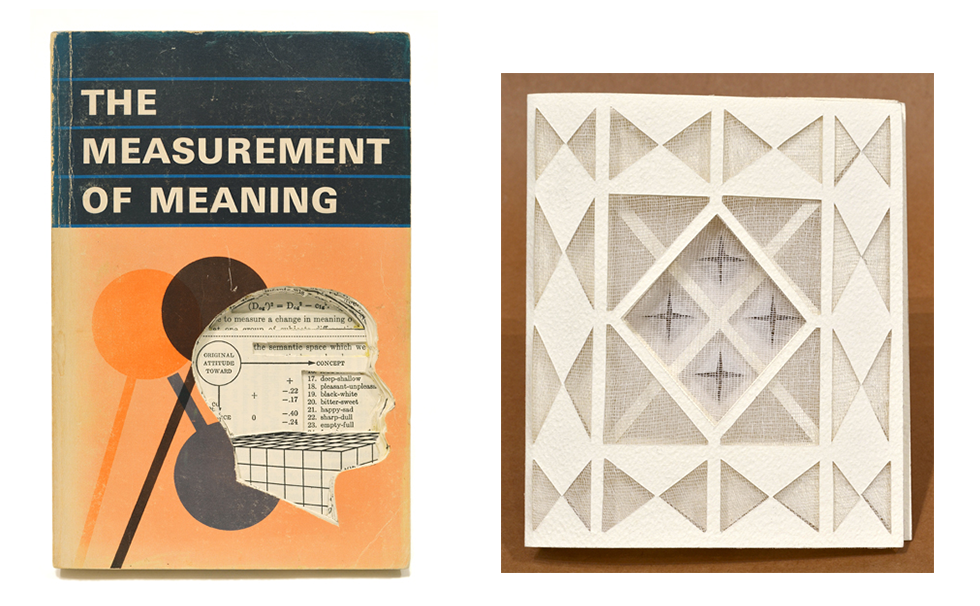Of Paper

Of Paper
AUGUST 31 – OCTOBER 7, 2012
Of Paper is comprised of two related exhibitions focusing on the work of artists Leo Morrissey (Winston-Salem, NC) and Delio Gennai (Pisa, IT), some of it on, but most of it OF paper. Paper, for these artists, is utilized as substance and structure to carry both form and meaning. The works of both artists imply that much of the development of culture as we understand it has relied on the use of paper.
Leo Morrissey’s ironically titled data mining encompasses incised and excavated books, watercolors, mail art, and related works, almost all of it on or of paper. The books share the generalized profile of the artist, beneath which the pages are selectively quarried away. Whether he employs paper, or video and found objects as he sometimes does, Morrissey tackles the indeterminacy of individual identity, especially in a world where many are keen to define and control it. Morrissey’s open-ended body of work encompasses a series of overlapping projects of varying frequencies that, like the orbits of electrons around a nucleus, to a large extent define the substance of the artist’s life. data mining will be open for viewing on August 27th, while laboratory of signs is being installed.
Delio Gennai’s laboratory of signs continues his extensive activity as an installation artist working primarily with paper. His earlier work with paper reflected the forms and shapes he encountered during his tenure in the University of Pisa’s genetics department. Gennai’s more recent work transforms architectural and decorative elements, found on medieval buildings such as Pisa’s Duomo, into dimensional paper structures. These are combined, grouped, and re-inserted into architectural settings as installations. Visually, the works play on the optical effects of the positive and negative spaces of the intricate designs. Many of his pieces concentrate on the Islamic sources of these elements and their Kufic script, highlighting the hybrid qualities of art created during periods of both conflict and cultural interaction.
Curator
Paul Bright, Charlotte and Philip Hanes Art Gallery Director
Reception
Thursday, August 30 5-7 PM
Related Programs
Gallery Talk: Roberta Morosini
Thursday, September 20 3-4pm
Rendering the Word: Calligraphy and Inscription in Islamic Art
Thursday, September 27 3:30-4:30pm
Walkthrough and Gallery Talk: Leo Morrissey
Wednesday, October 3 3-4:30pm
Related Links
- Delio Gennai Catalogue
- Leo Morrissey Catalogue
- Behind the Scenes ‘Of Paper’ (WFU News Center)
- Paper Contains the Accumulated Data of a Millennium (YES! Weekly)
- La scritta intagliata di Delio Gennai / The Cut Writing of Delio Gennai
- Of Paper Press Release


